
Baby Panigale Coming Soon To India
- Jul 21, 2020
- Views : 14834

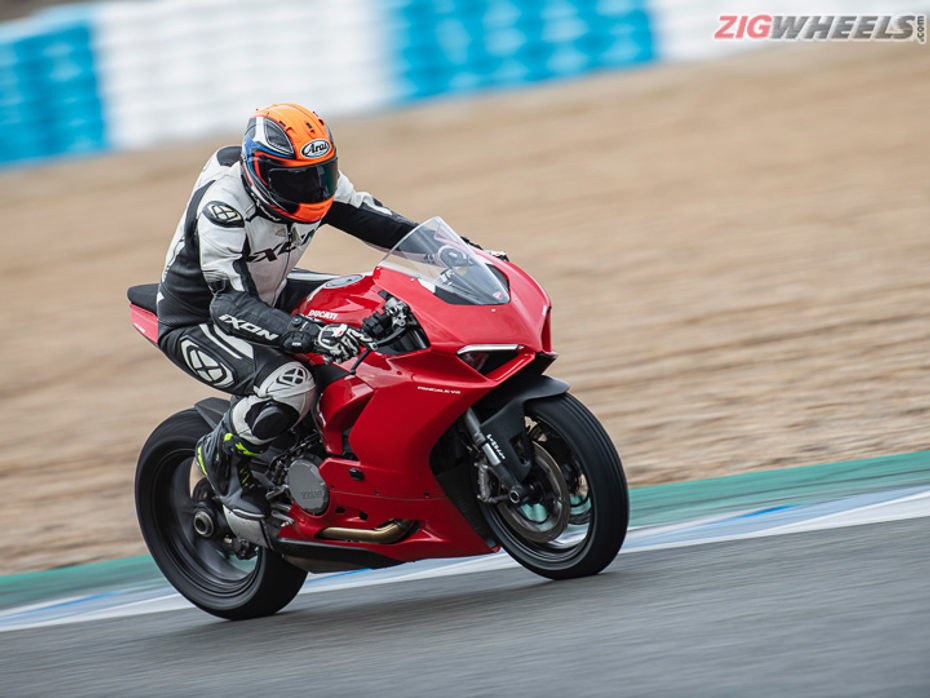
Beginner
This is a skill best suited to new riders who've learnt how to physically operate a motorcycle -- the basics of operating the clutch, throttle, and brakes. Others should remember that the best riders have strong foundations and it never hurts to revise your basics.
Intermediate
This is a skill best suited to riders with some experience under their belts. New riders will find these harder to apply because they build on basic skill sets that they need to develop through practice.
Advanced
Seasoned riders will find this particularly useful. For new and intermediate riders, this could serve as a guideline for developing and practising skills that lead to this, but be careful, some of these ideas might be beyond your current, but hopefully growing, capabilities.
The Most Important Skill You Will Ever Learn | Beginner
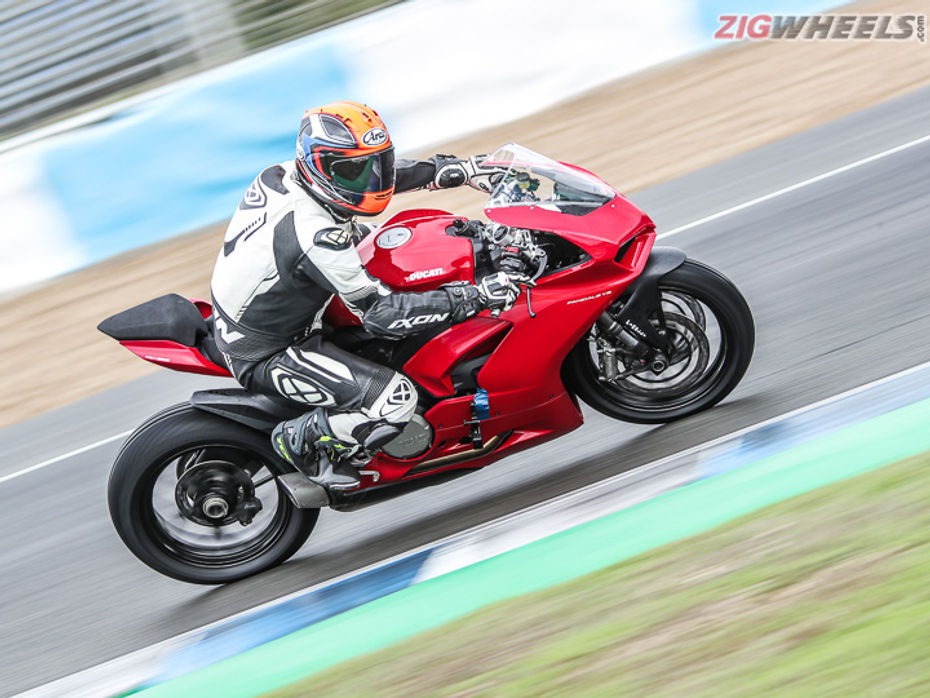
The most crucial idea I want to give you about riding motorcycles is the simplest of all. Your motorcycle is going to go where you look. Let's understand this better. Where your eyes are looking right now, that's where your bike will go next. This is both a problem and an opportunity.
Problem
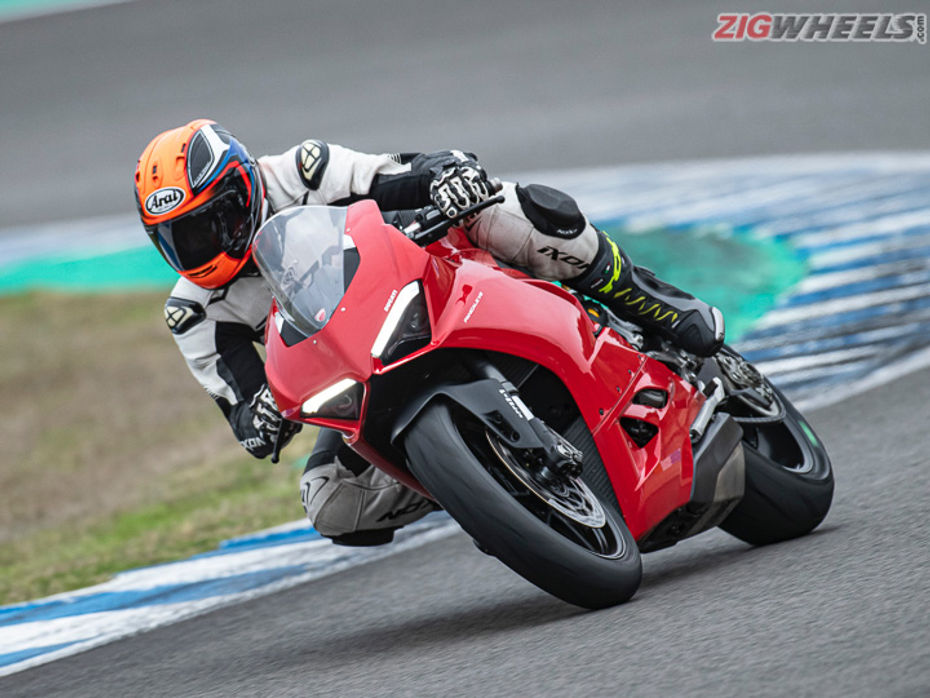
When human beings were evolving, unfortunately, for us, those hairy beings didn't have the luxury of being safe all the time. Hence, the senses evolved to ferret out danger. So our eyes are biologically trained to look for hazards. The problem is since motorcycles aren't natural to human beings, what constitutes a hazard for a rider is not naturally perceived by our eyes.
Back in the day, eyes were designed to locate hazards and identify their nature and seriousness, following which the brain would activate pre-installed algorithms that determined whether the body would prepare for fight or flight.
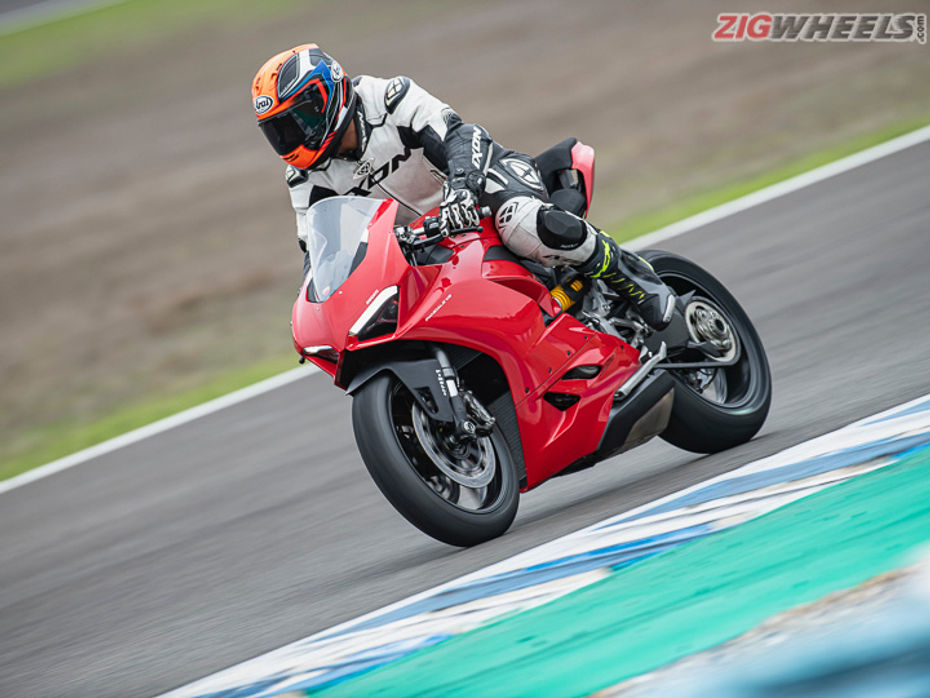
On a bike, the body continues to function like this. It sees an innocent tree on the side of a curve and thinks of it in the same way a primitive man thought of sabre-tooths. As soon as it does this, the brain can flick your smooth riding into a barrage of hasty and jerky actions like closing the throttle abruptly, pulling on the brakes, tensing up on the controls, and so on. All of these actions are not your conscious control. We call them target fixation or survival reactions.
It means you as the rider are allowing your primitive biology to steal your ability to think when the brain identifies a hazard. This is not good because protecting yourself from a sabre-tooth attack is not the same as protecting yourself from a poor tree on a street side.
So bad is the situation that more than half of all accidents on motorcycles are single-vehicle accidents, which means the rider chose the wrong solution to a small problem and ended up falling off or crashing into something.
Opportunity

The solution to the problem, remarkably enough, is to assert conscious control over your eyes. To ride consciously and actively. That means telling your brain, "Shut up, man. It's just a tree. I can take the bike to the tree and hit it if I want to, but the tree cannot attack me." And then choosing where to look next. If you continue to look at the tree as if it's your beloved, you will end up hugging it. But if you're riding consciously, you will choose to look away from the tree and back to the road. This is the path your motorcycle will follow.
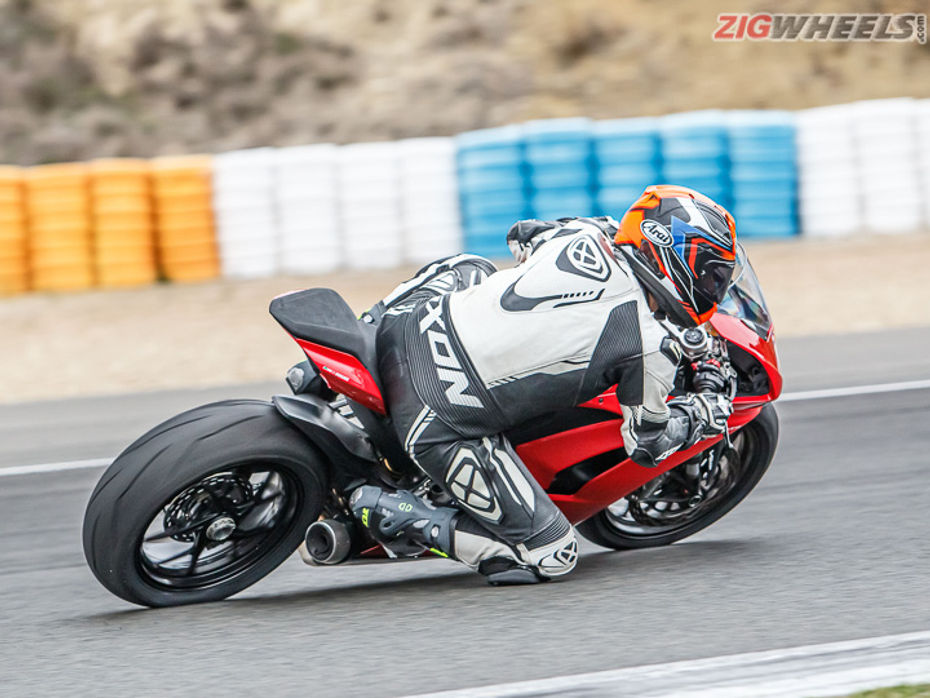
This also works when there are no hazards to trip you up. Choosing where to look and when to look is what separates good, fast riders from slow, jerky ones. Good riders look far ahead. They have the time, thanks to looking ahead, to evaluate hazards, reject the irrelevant ones, and act to avoid the important ones. The sense of having time makes them safer, allows them to act earlier, and their riding becomes smoother and faster.
Practice
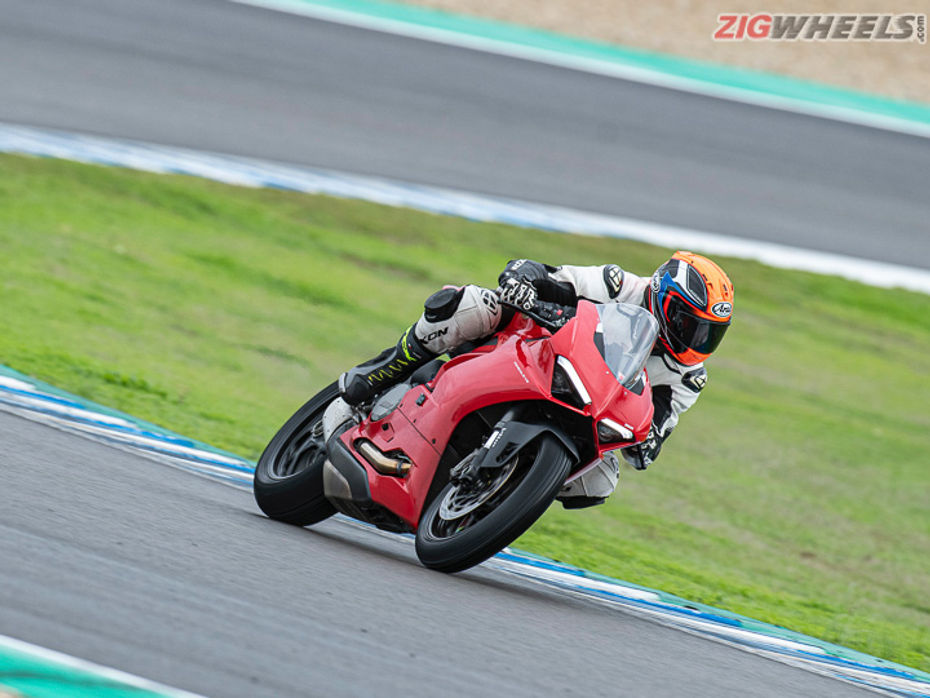
When you're out for a walk the next time, be conscious of where you are looking. That's all. Just be alert to what your eyes are looking at. This will give you a system that works out where your eyes are at. And then, try walking with your head down, vision focussed about two feet in front of your feet. You will find this oddly disturbing. Then look up, look further ahead, like 20 feet ahead and you will find the going a lot, lot easier.
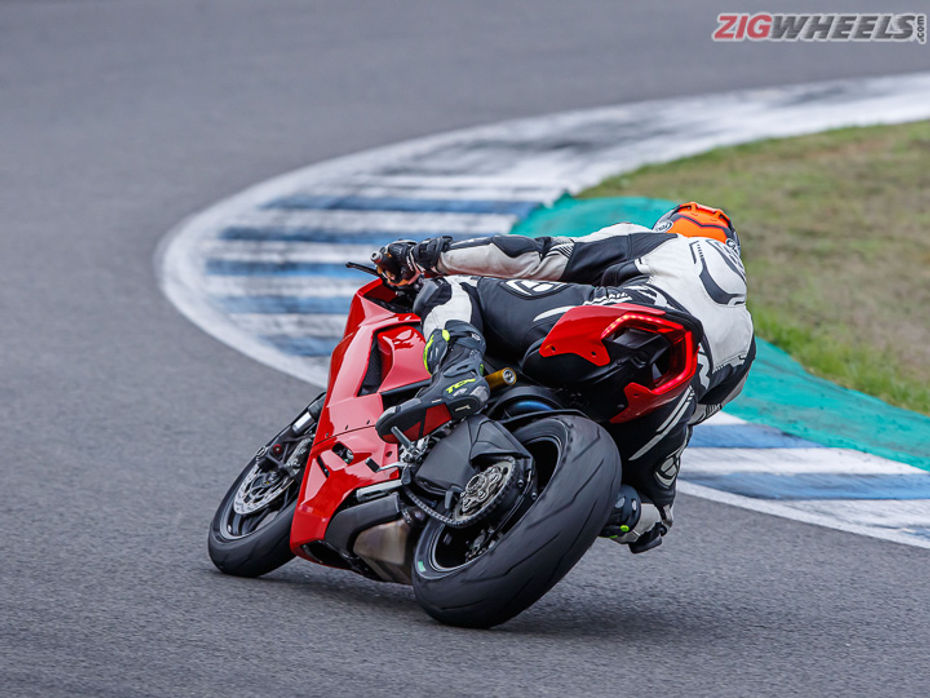
The next step is to get on the bike and try the same thing. Become conscious of what you are looking at and when you look at it. When faced with an obstacle, you want to consciously focus on looking at the escape rather than the hazard. So your concern is not whether it’s Tommy, Jackie or Toto that's running across the road, but the section of the road that the dog is unlikely to occupy when your bike gets there.
The next step is to ride in traffic looking consciously at the spaces between vehicles -- your potential spaces -- rather than the vehicles. This will change your riding in traffic forever. Look where you want to go. It's almost the only way to get there.
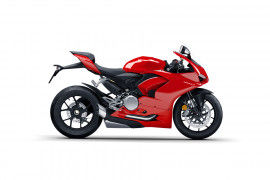

Baby Panigale Coming Soon To India

India-bound Ducati Panigale V2 Gets A New White Rosso Livery

Ducati’s First Electric Sportsbike Breaks Cover

Ducati Takes The Wraps Off Its Special Edition Panigale V2

Ducati Panigale V2: Same Price, Other Options

Ducati Panigale V2 Gets A Steep Price Tag!

The Baby Panigale Is About To Land In India

Baby Panigale Has A Launch Date

No, You Can’t Have Your Panigale In White… Yet
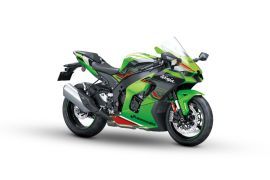 Kawasaki Ninja ZX-10R
Kawasaki Ninja ZX-10R
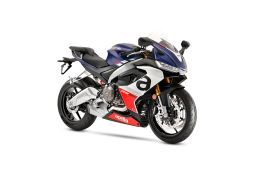 Aprilia RS 660
Aprilia RS 660
 Aprilia Tuono V4
Aprilia Tuono V4
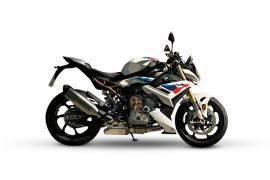 BMW S 1000 R
BMW S 1000 R
India's largest automotive community